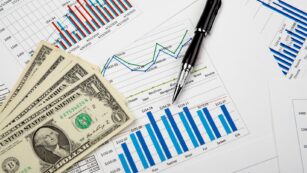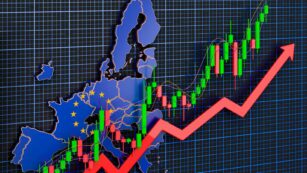
Navigating the complex landscape of China’s economy requires a keen understanding of its pulse. A crucial tool for this task is the China Economic Calendar, a comprehensive guide to the country’s economic events and data releases. It’s an indispensable resource for investors, economists, and anyone interested in the dynamics of the world’s second-largest economy. With China’s economic influence growing, keeping an eye on its economic calendar has never been more critical.
It provides real-time updates on key indicators such as GDP, inflation rates, and trade balances. This article aims to delve into the intricacies of the China Economic Calendar, offering insights on how to interpret and utilize this tool effectively. Brace yourself for an enlightening journey into the heart of China’s economic machinery.
China Economic Calendar
How It Affects Global Markets
 The China Economic Calendar gives a critical influence on global markets. It indicates China’s financial health, affording traders and investors worldwide timely updates about the country’s economic performance. By alerting global markets about major changes or events in China’s economy, global players can adjust their strategies accordingly.
The China Economic Calendar gives a critical influence on global markets. It indicates China’s financial health, affording traders and investors worldwide timely updates about the country’s economic performance. By alerting global markets about major changes or events in China’s economy, global players can adjust their strategies accordingly.
For example, a sudden drop in China’s GDP can cause ripples in commodities markets that depend heavily on Chinese demand, such as oil, soybeans, and iron ore. Conversely, a surge in China’s retail sales could signal robust consumer confidence and increased spending, potentially benefiting global businesses with exposure to China’s vast consumer market.
Major Economic Indicators in China
In the realm of China’s bustling economy, several indicators play key roles. Specifically, GDP reports and manufacturing & export data stand out as two prime reflections of the nation’s economic vitality. Get better insights into these indicators through a closer look at the dynamics shaping them.
GDP Reports

Gross Domestic Product (GDP) reports serve as critical indicators, measuring the overall economic performance of the country. Released quarterly bythe National Bureau of Statistics of China, these numbers offer a comprehensive overview of the nation’s economic health. Analysts and investors pay keen attention to this data, as it’s pivotal in strategy formation for the upcoming business quarters.
Fluctuations in China’s GDP often signal significant shifts in the global economic landscape, given China’s standing as the world’s second-largest economy. For instance, a GDP growth exceeding expectations could suggest a healthier economy and stimulate global investment influx into China. Conversely, any decline could underscore potential economic issues, prompting worldwide market adjustments.
Manufacturing and Export Data

The sync between China’s manufacturing sector and its export data is undeniable. Gaining an understanding of this dynamic forms an essential partof tracking the nation’s economic pulse. Specifically, the Purchasing Managers’ Index (PMI) and export data are crucial subsets of this category. The PMI, a monthly released index, gauges the performance of the manufacturing sector.
Values over 50 indicate an expansion in manufacturing activity, while values under 50 suggest a contraction. PMI figures mirror the health of the manufacturing sector, a cornerstone of China’s economy. Export data, published monthly by China’s General Administration of Customs, offers a clear picture of the demand for Chinese goods in international markets.
High export numbers reflect a competitive marketplace for China, while low data could be a warning sign of impending economic challenges. A consistent review of both these economic indicators – GDP reports and Manufacturing & Export data – aids in making informed decisions about Chinese market trends. Thus, the astute observer can leverage these metrics to navigate the nuances of China’s intricate economy.
The Role of the People’s Bank of China

The People’s Bank of China plays a pivotal role in the economic narrative. Its policy decisions are keenly observed and can cause significant marketshifts. The China Economic Calendar’s importance can’t be overstated for traders and investors looking to navigate the Chinese market. It’s a tool that offers a comprehensive view of China’s economic health through key indicators like GDP, inflation rates, and trade balances.
The calendar’s real-time updates allow market players to adjust their strategies promptly, ensuring they’re always a step ahead. Whether it’s GDP reports or PMI data, understanding these indicators is a game-changer. It empowers individuals to anticipate market trends and make informed decisions, highlighting the calendar’s critical role in global economics.